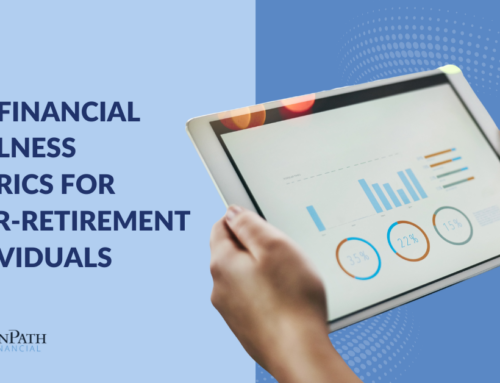As we go through various stages of life, our insurance needs may vary significantly. Here’s a breakdown of the different stages:
Early Adulthood (20s and 30s)
Considerations:
Affordability. Life insurance will be less expensive if an individual is young and healthy. Consider securing a low premium with term life insurance.
Debt Protection. If you have student loans, an outstanding credit card balance or any other big debts – such as a mortgage on a certain property – life insurance can be set up so that those debt obligations are settled in case you happen to die prematurely.
Dependents. If you are the spouse of another adult or have children or other dependents, the future expenses of these important people in your life can be insured.
Employer Coverage. Along with health insurance, most employers offer workers some form of basic life insurance, but it might not be enough. You might need to buy more coverage than what is provided by your employer.
Types of Policies:
- Term life insurance: Covers you for a certain number of years (eg, 10, 20, 30) and is usually the least expensive option if you are young.
- Permanent life insurance: An umbrella term including whole life or universal life (Accumulation products that can build a cash value, but are more expensive as an initial premium).
Midlife (40s and 50s)
Considerations:
Family and Financial Responsibilities. As you add children and increase your financial obligations, re-calibrate your coverage accordingly.
Income Replacement. Make sure your policy can replace your income for your family if you die. This is especially important for a main breadwinner.
College Funding. Determine how much college might cost for your kids. Life insurance can help with those expenses if you’re not around anymore.
Health Considerations. By this point, it might become prudent to buy insurance before health problems become intertwined with age and drive-up premiums.
Types of Policies:
- Term Life Insurance: It’s a good deal if you only need life insurance for a certain amount of time, such as for a few years until your children graduate from college.
- Permanent Life Insurance: This can be useful if you want a policy to be in force forever, and if you want to build up cash value that you can borrow against.
Pre-Retirement (60s)
Considerations:
Retirement Savings. Assess whether you have enough retirement savings to support your spouse if you die prematurely so that any shortfall can be made good through insurance. In principle, retirement income can be used for insurance.
Debt and Mortgage. Make sure that any outstanding debts – perhaps a mortgage – are paid off, so your spouse doesn’t inherit them.
Legacy Planning Using Life Insurance. For example, you could consider taking out a life policy to provide an inheritance for your children, or to pay inheritance tax on your estate (which was transferred to your beneficiary).
Types of Policies:
- Permanent Life Insurance: This may be a better fit for you if you want coverage that doesn’t expire, and if you want to build cash value.
- Convertible Term Life Insurance: If you have a term policy, see if it can be ‘converted’ into a permanent policy, without having to undergo a medical exam.
Retirement (70s and Beyond)
Considerations:
Final Expenses. Make sure you have coverage to cover final expenses (such as funeral and burial costs) which can run between $7,000 and $10,000.
Legacy and Charitable Giving. Take out life insurance to provide an inheritance to your heirs or charitable causes.
Estate Taxes. If you are fortunate enough to have a large estate, life insurance can help with estate taxes so family members get their share without significant cash outlays.
Types of Policies:
- Final Expense: Also called funeral or burial insurance, some life insurance policies can help cover the costs of a funeral and burial.
- Permanent Life Insurance: Whole life or universal life policies that provide lifelong coverage and may be used for estate planning purposes.
Important Disclosures:
This material was created for educational and informational purposes only and is not intended as tax, legal or insurance advice. If you are seeking tax, legal or insurance advice specific to your needs, such advice services must be obtained on your own separate from this educational material.
This article was prepared by WriterAccess.
LPL Tracking #600725






